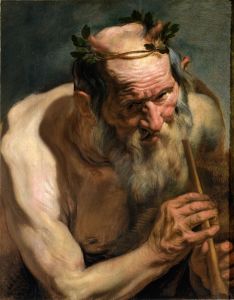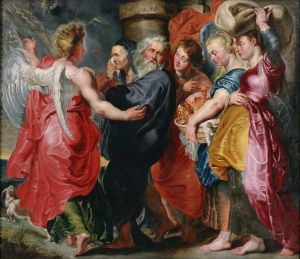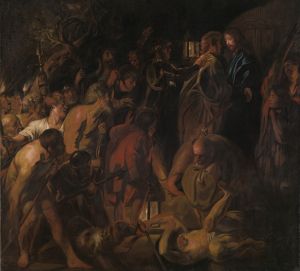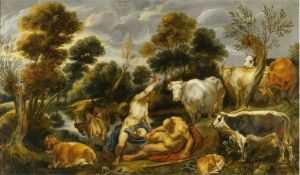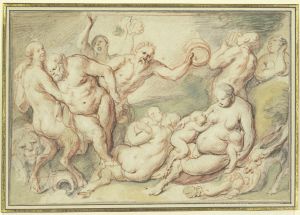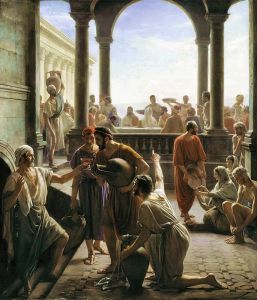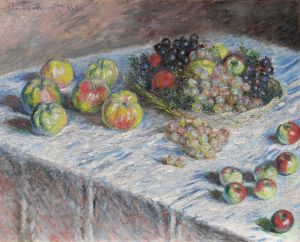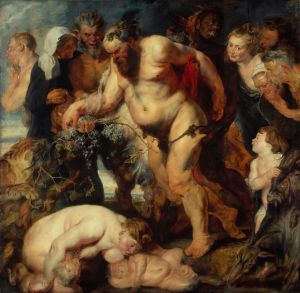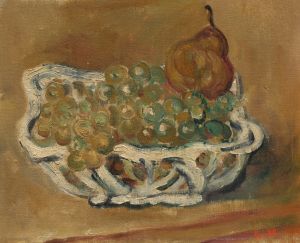
Bacchus as a child
A hand-painted replica of Jacob Jordaens’s masterpiece Bacchus as a child, meticulously crafted by professional artists to capture the true essence of the original. Each piece is created with museum-quality canvas and rare mineral pigments, carefully painted by experienced artists with delicate brushstrokes and rich, layered colors to perfectly recreate the texture of the original artwork. Unlike machine-printed reproductions, this hand-painted version brings the painting to life, infused with the artist’s emotions and skill in every stroke. Whether for personal collection or home decoration, it instantly elevates the artistic atmosphere of any space.
Jacob Jordaens, a prominent Flemish Baroque painter, created the artwork Bacchus as a Child during the 17th century. Known for his dynamic compositions and vibrant use of color, Jordaens was a contemporary of Peter Paul Rubens and Anthony van Dyck, and his works often explored themes from mythology, religion, and everyday life. Bacchus as a Child reflects Jordaens’ interest in classical mythology, a subject that was highly popular among Baroque artists.
The painting depicts Bacchus, the Roman god of wine, revelry, and fertility, as a young child. In Roman mythology, Bacchus is equivalent to the Greek god Dionysus. Jordaens portrays Bacchus in a playful and somewhat humorous manner, emphasizing the youthful and carefree aspects of the god’s character. The child Bacchus is often shown surrounded by symbols associated with his divine role, such as grapes, vines, and wine vessels, which are likely present in this composition as well. These elements underscore the connection to Bacchus’ domain over wine and festivity.
Jordaens’ style in this painting is characterized by his robust figures, warm color palette, and attention to texture, particularly in the rendering of flesh and fabric. His ability to convey a sense of vitality and movement is evident in the lively depiction of the young Bacchus. The artist’s use of light and shadow enhances the three-dimensionality of the figure and creates a sense of depth in the composition.
While Jordaens was influenced by Rubens, his work is distinct in its focus on earthy realism and a more intimate, domestic interpretation of mythological subjects. This approach is evident in Bacchus as a Child, where the god is presented in a relatable and humanized manner, rather than as an idealized or overly heroic figure.
The exact date of the painting’s creation is not definitively known, but it is generally attributed to Jordaens’ mature period, when he was at the height of his artistic career. The painting is housed in a museum or private collection, though specific details about its current location or provenance may not be readily available.
As with many of Jordaens’ works, Bacchus as a Child demonstrates the artist’s skill in blending mythological themes with a sense of humor and humanity, making the subject accessible to a wide audience. The painting remains an example of Jordaens’ contribution to the Baroque tradition and his ability to bring classical mythology to life with warmth and vitality.





